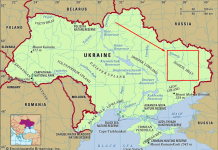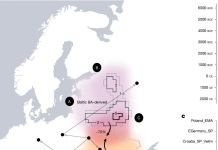Ivan Bunin (1870-1953) was the first Russian writer awarded the Nobel Prize in Literature in 1933. He was noted for the strict artistry with which he carried on the classical Russian traditions in the writing of prose and poetry. The texture of his poems and stories, sometimes referred to as “Bunin brocade”, is considered one of the richest in the language. “The Bunins are direct ancestors of Simeon Bunkovsky, a nobleman who came from Poland to the court of the Great Prince Vasily Vasilyevich,” he wrote in 1915… Bunin spent the first half of 1894 traveling all over Ukraine. “Those were the times when I fell in love with Malorossiya (Ukraine), its villages and steppes, was eagerly meeting its people and listening to Ukrainian songs, this country’s very soul,” he later wrote.
In his 1898 short story “The Cossack Way,” Ivan Bunin writes: “I liked the khokhly very much at first sight. I immediately noticed the sharp difference that exists between a Great Russian muzhik and a khokhol. Our peasants are mostly worn-out folk, wearing zipuns full of holes, lapti and onuchi, with emaciated faces and uncombed hair. While the khokhly produce a pleasant impression: tall, healthy and strong, they look at you calmly and gently, are dressed in clean, new clothes.”
Interestingly, a century before Bunin, English traveller Edward Clark made the very same observation >
Word Khokhol derives from the famous haircut of the Ukrainian Cossacks >










